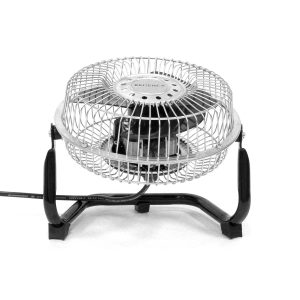Human Habitat Designers: Future Living Experts
Welcome to the world of tomorrow, where technology, nature, and human life seamlessly merge together. The concept of human habitat designers has emerged as a key solution to tackle the ever-growing urbanization and technological advancements. These designers are future living experts who are responsible for creating sustainable, efficient, and aesthetically pleasing living spaces for humans to thrive in. In this article, we will explore the concept of human habitat designers and how their expertise is shaping the future of living.
The Evolution of Human Habitat Designers
Human habitat design has come a long way since its inception. In the early ages, humans lived in caves and shelters made with natural materials such as wood and mud. As civilizations developed, so did the concept of housing. With the Industrial Revolution, modern homes were built with more advanced materials like concrete and steel. However, as the world became more urbanized, the need for sustainable and efficient living spaces arose, giving birth to the profession of human habitat designers.
The Role of Human Habitat Designers
Human habitat designers are professionals who specialize in creating livable spaces for humans. They have expertise in architecture, interior designing, landscape designing, and urban planning. These designers utilize their knowledge and skills to create spaces that are not only functional but also promote a healthy and sustainable lifestyle. They consider factors such as climate, location, resources, and human behavior while designing living spaces.
The Impact of Human Habitat Designers on Future Living
The world is rapidly changing, and so are the needs and expectations of humans. As we move towards a technology-driven future, human habitat designers are playing a crucial role in designing smart homes and cities. These designers integrate technology, nature, and human life to create efficient and sustainable living spaces. Smart homes and cities are equipped with advanced technologies such as artificial intelligence, Internet of Things (IoT), and renewable energy sources. These spaces not only reduce the carbon footprint but also offer a better quality of life to its inhabitants.
The Advantages of Human Habitat Designers
The significance of human habitat designers goes beyond just creating aesthetically pleasing living spaces. They offer many advantages that contribute to a better future for humans. Some of these advantages include:
1. Energy Efficiency
Human habitat designers utilize sustainable materials and design techniques to create energy-efficient homes. This leads to a reduction in energy consumption, resulting in a more sustainable future.
2. Minimizing Environmental Impact
By considering factors such as climate and resources, human habitat designers create living spaces that have a minimum impact on the environment. This helps in preserving natural resources and reducing pollution.
3. Promoting a Healthy Lifestyle
Human habitat designers focus on creating living spaces that promote a healthy lifestyle. They incorporate natural elements such as greenery and natural light, which have a positive impact on mental and physical well-being.
4. Adaptability
As the world continues to evolve, so do the needs and expectations of humans. Human habitat designers create spaces that are adaptable and can accommodate future changes and advancements.
The Future of Human Habitat Designers
As technology continues to advance and the world becomes more urbanized, the need for human habitat designers will continue to grow. These professionals will have an even more significant role to play in shaping the future of living. With their expertise, they will create innovative and sustainable living spaces to meet the ever-changing needs of humans.
Conclusion
Human habitat designers are the future living experts who are shaping the way we live. With their expertise and innovative approach, they are creating sustainable, efficient, and aesthetically pleasing living spaces for humans to thrive in. As we move towards a technology-driven future, the role of human habitat designers will become even more critical in creating a better tomorrow. So, let us embrace this profession and look forward to a future where humans and nature coexist in perfect harmony.











